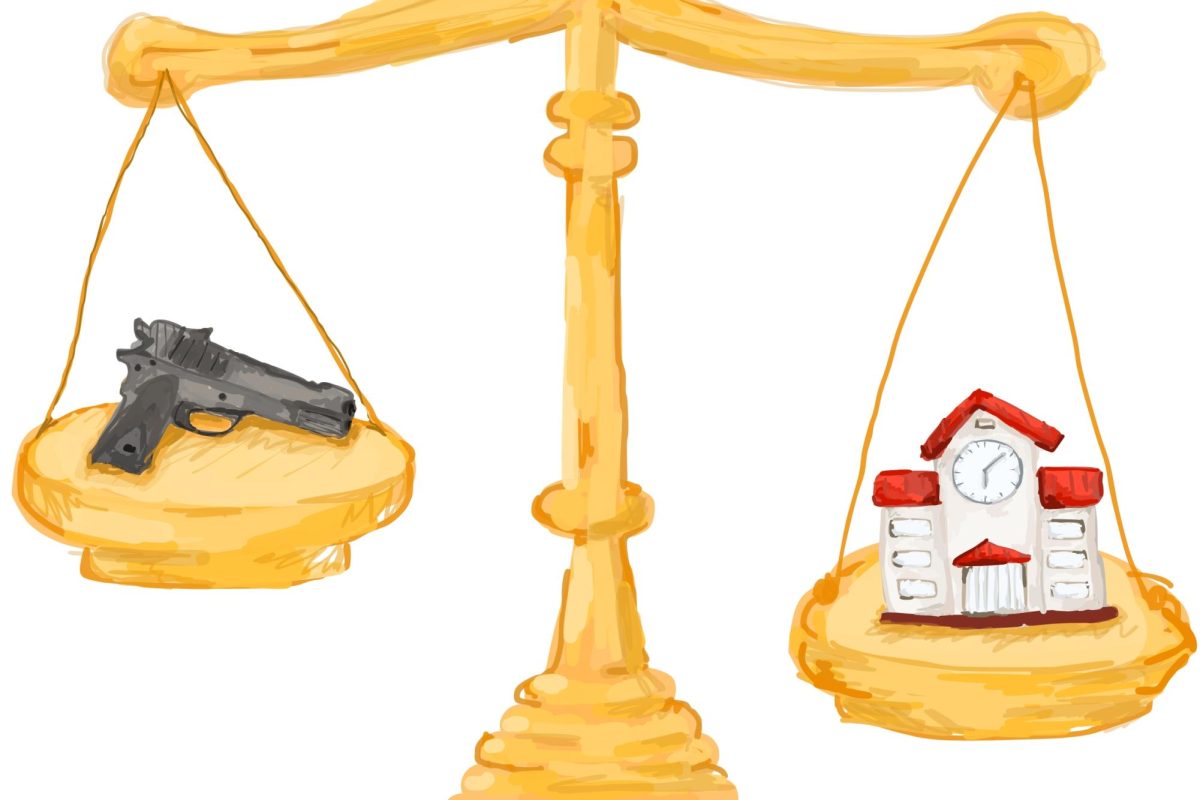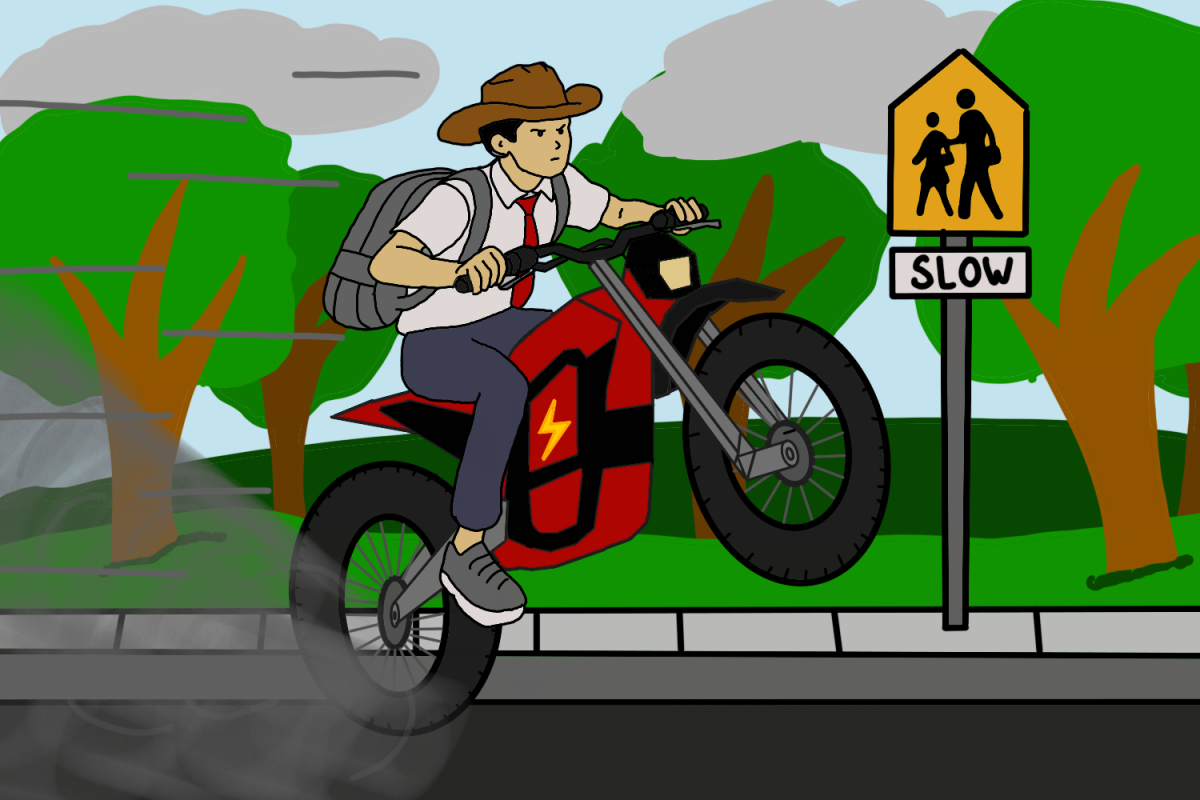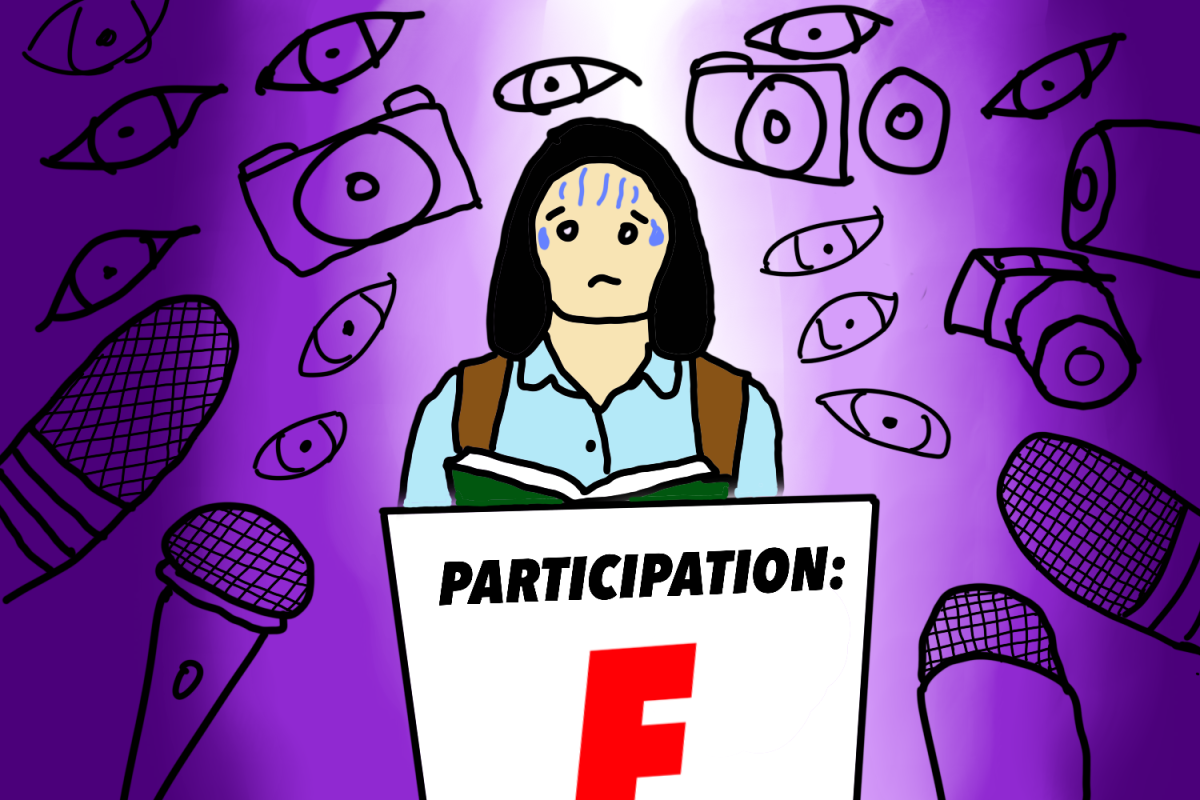Trigger Warning: This article contains mentions of gun violence.
With the assassinations of Charlie Kirk, Minnesota Legislators, and murders of students in Evergreen High School in Colorado, it is more important than ever to increase security on gun purchases and keep them away from the hands of young adults and teens. Federal law states that you only need to be 21 to purchase a handgun, and 18 for long guns (rifles and shotguns). With unlicensed sellers, that gap shrinks to 18 for handguns and no minimum age for long guns. This is why we need greater restrictions on gun purchases, as these exploits can be dangerously costly the longer it’s not patched.
As we saw from the shootings of Donald Trump and Charlie Kirk, the primary suspects were aged 20 and 22 years old, respectively. Additionally, the weapons they used were all owned by their relatives.
How did these individuals even get ahold of firearms at such a young age? Well, in the case of Thomas Matthew Crooks (Trump’s shooter), he bought an AR-15 from his father after his 19th birthday. Crooks also practiced at a shooting range in his neighborhood, spending countless hours and making monthly visits. The rifle range, called “Clairton’s,” was 200 yards long, which was more than enough for his real 150-yard shot. He visited the range a total of 43 times in a span of a year, from Aug. 2023 to July 2024.
As Senator Chuck Grassley’s office puts it, “He [Crooks] focused almost exclusively on the rifle range throughout 2024.”
States like California, New York, and New Jersey have already banned some manufacturers of guns like Assault Weapons that are semi-automatic, Large-Capacity Magazines, and Short-Barreled Shotguns. California alone is ranked #1 in the nation for its comprehensive gun safety policies. With its ban on assault-style weapons, mandatory waiting periods, requirements for safe storage, and a minimum age of 21 to own any firearms, the state demonstrates how the use of comprehensive legislation can make an impact on public safety.
At the national level, Americans are deeply concerned about the connection between firearms and political violence. In a recent poll conducted by Quinnipiac University, 71% of people think political violence is a very serious problem. Furthermore, 82% believe that people talking about politics are contributing to violence in the United States. By implementing restrictions, we can lower this number and decrease the number of civilian casualties per year. Even a Harvard Study shows that fewer than 600 perpetrators are killed by defensive gun use. This data shows that the issue of guns is not simply about individual responsibility, but also about which guns are being misused in communities.
While one can argue about the Second Amendment, stating that “the right of the people to keep and bear arms, shall not be infringed,” this has led criminals to have ways to obtain weapons, regardless of laws. Research from Giffords Law Center shows that states with stricter gun laws constantly report fewer gun deaths than those with looser regulations.
The debate over gun control ultimately comes down to finding a balance between preserving constitutional rights and ensuring public safety. While you can’t eliminate gun violence entirely, we can take small steps like universal background checks and raising the minimum age for ownership from 18 to 21, to reduce casualty risks. By increasing the minimum age to 21, lawmakers can reduce the likelihood of tragic incidents from poor judgment or heated conflicts that spiral out of control. Currently, there are loopholes that allow individuals to purchase firearms without undergoing any screening process, like private sales. Universal background checks would close these loopholes and prevent firearms from falling into the wrong hands because the buyer would need a criminal and mental health background check for gun sales and transfers.
With a powerful rise in politically motivated attacks and school shootings in recent months, the question of implementing restrictions on gun purchases is not a policy, but a matter of saving lives. Decisions made in the upcoming years will determine whether future tragedies can be prevented.







